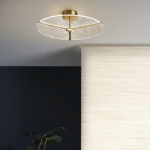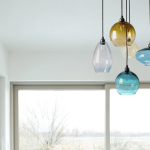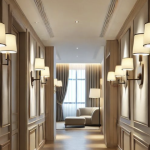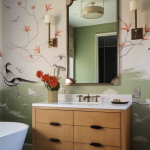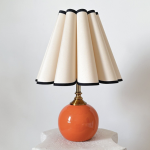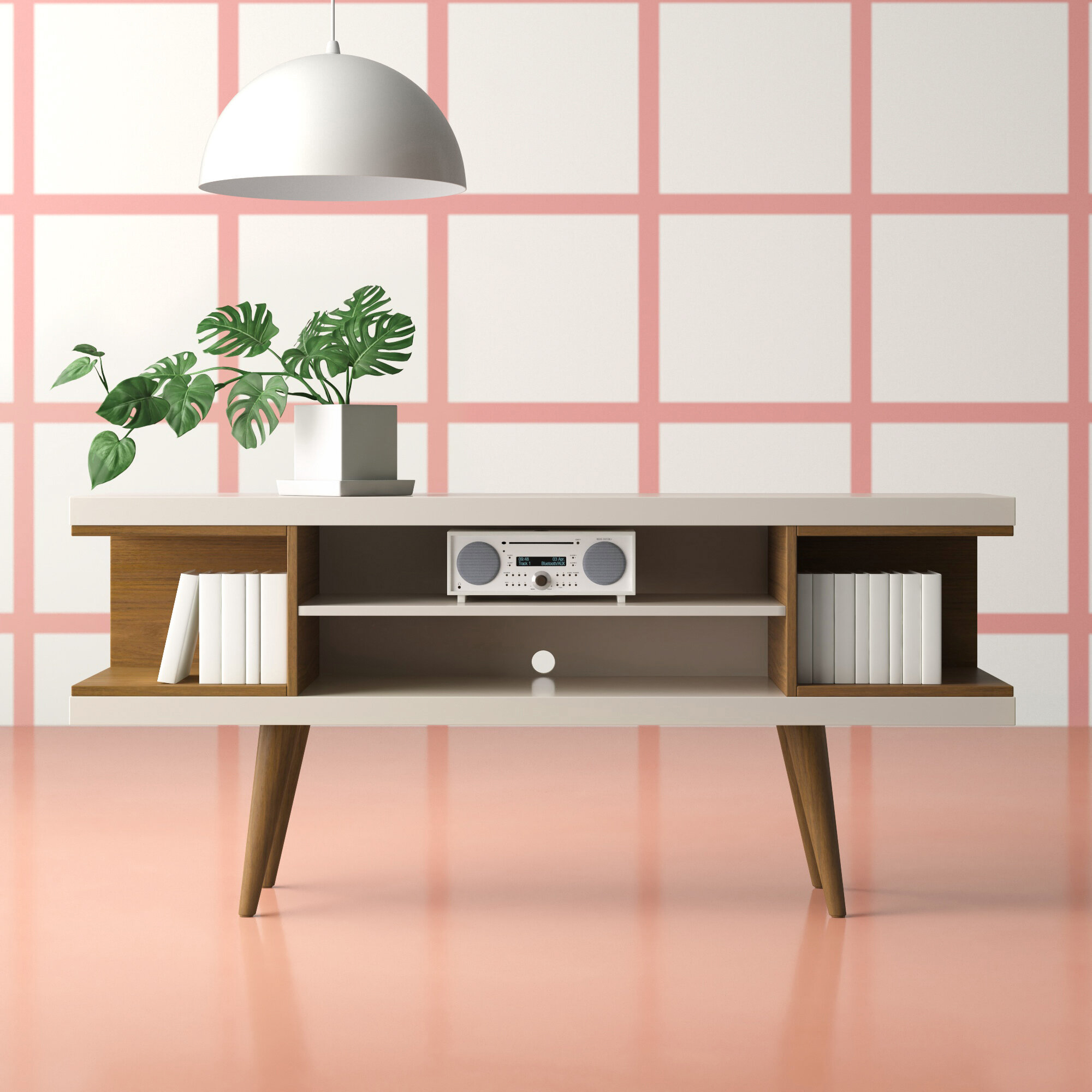
Introduction
Industrial pendants have become increasingly popular in recent years, as more homeowners and decorators embrace the raw, rugged, and utilitarian aesthetic of industrial design. The enduring appeal of industrial pendants lies in their ability to add character and personality to any space, while still remaining functional and practical. In this article, we’ll explore the history and design of industrial pendants, as well as their practical uses and how to incorporate them into your own decor.
History of Industrial Pendants
Industrial pendants have their roots in the early 20th century, when factories and warehouses dominated the landscapes of major cities. These buildings were often designed with tall ceilings and large windows to allow natural light to flood the workspace. However, as the need for artificial light increased, industrial pendants were developed to hang from the ceiling and provide bright and direct light.
The design of industrial pendants was utilitarian, with functionality being the primary consideration. They were typically made of durable and heat-resistant materials, such as cast iron, steel, or glass. The minimalistic design allowed for easy maintenance and cleaning, which was important in dirty and dusty factories.
Design of Industrial Pendants
The industrial pendant design has evolved over the years, but the basic elements have remained consistent. The most recognizable feature of industrial pendants is the exposed bulb, which provides direct and intense light. The bulb is typically surrounded by a simple and sturdy metal frame, often in a geometrical shape, such as a circle or square.
Industrial pendants also come in a variety of finishes, including matte black, brushed metal, and copper. These finishes add warmth and character to the industrial design style, while still maintaining a rough and raw appearance. Some industrial pendants also incorporate colored glass or perforated metal shades, which can diffuse the light and add a decorative element.
Practical Uses of Industrial Pendants
Industrial pendants are versatile and can be used in a variety of settings, including residential, commercial, and outdoor spaces. In residential settings, they are often used in kitchens, dining rooms, and living areas. They can be used as a statement piece, providing a focal point for the room, or as a functional light source, providing direct task lighting.
In commercial settings, industrial pendants are often used in restaurants, offices, and retail spaces. They can be used in clusters to provide a dramatic and industrial feel, or they can be used individually to highlight specific areas. In outdoor settings, industrial pendants can be used to provide lighting for porches, patios, and outdoor dining areas.
Incorporating Industrial Pendants into Your Decor
Industrial pendants can be incorporated into any design style, but they work particularly well with modern, minimalist, and urban design. When selecting industrial pendants, consider the size and scale of the room, as well as the amount of natural light. Too many industrial pendants in a small space can create a cluttered and overwhelming feel, while too few in a large space can feel sterile and uninviting.
Industrial pendants can be paired with natural wood furniture, exposed brick walls, and concrete floors to create a cohesive and industrial look. They can also be mixed with softer textures, such as plush pillows and rugs, to create a more balanced and inviting space.

